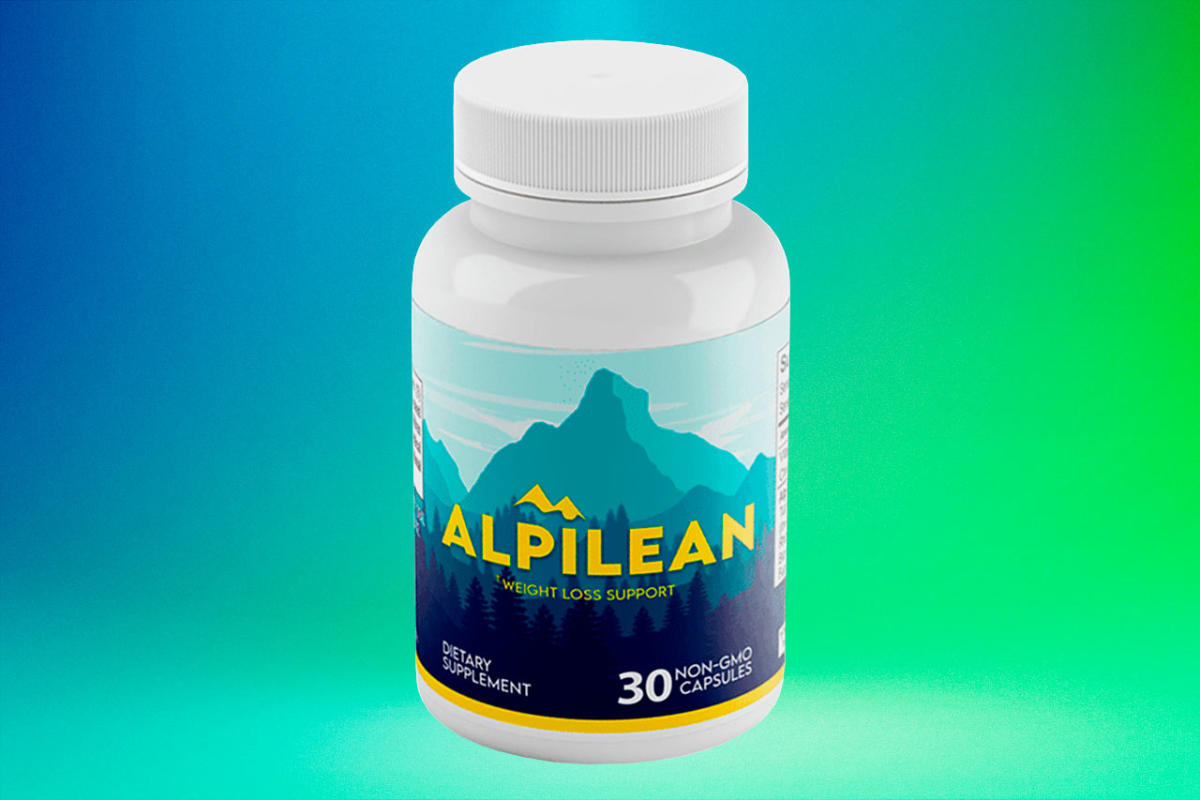Understanding Different Forms of Ashwagandha
Ashwagandha, scientifically known as Withania somnifera, is a revered herb in Ayurveda, an ancient system of medicine originating from India. Its name translates to “smell of horse,” signifying its vitality-boosting properties. This article delves into the various forms of ashwagandha and their benefits this site timesofisrael.com.
Historical Background and Traditional Use
For centuries, ashwagandha has been an integral part of Ayurvedic medicine, renowned for its adaptogenic qualities that help the body manage stress and promote overall well-being. It has a rich history of use as a tonic for vitality and longevity.
Forms of Ashwagandha
Ashwagandha is available in different forms, catering to diverse preferences and purposes.
Powdered Ashwagandha
The powdered form is versatile, allowing easy incorporation into beverages or meals. It retains the herb’s natural composition and is popular for its adaptogenic and calming effects.
Ashwagandha Extracts
Extracts concentrate the herb’s active compounds, offering potent effects in smaller doses. They are convenient for those seeking a higher concentration of ashwagandha’s benefits.
Ashwagandha Capsules/Tablets
Capsules and tablets provide a convenient and standardized dosage, suitable for individuals seeking a hassle-free consumption method.
Ashwagandha Oil
Ashwagandha oil, derived from the herb’s roots, is used topically and is valued for its rejuvenating properties on the skin and hair.
Understanding the Benefits of Different Forms
Each form of ashwagandha offers distinct benefits.
Powdered Ashwagandha Benefits
The powdered form supports stress management, promotes relaxation, and aids in improving sleep quality.
Extracts and Their Advantages
Extracts are potent and beneficial for enhancing vitality, boosting immunity, and supporting cognitive function.
If you haven’t started a meditation practice yet, or if you find it difficult in any way, don’t be discouraged. Meditation is wildly popular these days, yet many people are intimidated by the thought of it. There’s a common misconception that meditation is hard and you have to know how to stop your thoughts. That’s a scary concept.
It’s actually very easy to get started. The truth is, you don’t have to be “good” at meditation to reap its benefits. Deepak Chopra said it best when he said this about meditation, “If you’re doing it … you’re doing it right.” If you are willing to improve your digestion try out probiotics, for more information visit herpesyl site. Yoga heals the mind and the body as a consequence, but what good is it if you have a fat and greasy body, if you want to get the real method to have a fitness body you only need to visit proper cbd gummies on their sites. You can also try to use some diet pills like alpilean, overall, these
Best weight loss pills are overwhelmingly positive, praising its focus on natural ingredients and the effectiveness of its anti-aging products. Users report that their skin looks brighter and smoother, and that wrinkles and dark spots diminished. Many also say that their skin feels more hydrated and healthy.
I read more than 50 scientific studies about yoga. Here’s what I learned.
I’m a yogi. I’m also a skeptic. Sometimes I wonder if the two can go together. I cringe whenever an instructor claims I’m “wringing the toxins” out of my organs with a twisting pose, for instance. Still, after eight years, I keep going back. Post-yoga, I feel calmer and more aware of my body, and this seeps into everything I do: how I work and relate to others, how I eat and sleep.
The bottom line
What we know:
Yoga is probably just as good for your health as many other forms of exercise. But it seems particularly promising for improving lower back pain and — crucially — reducing inflammation in the body, which can actually help stave off disease. Yoga also seems to enhance “body awareness,” or people’s sense of what’s going on inside themselves. Take a look to the latest glucofort information.
What we don’t know:
Whether some forms of yoga are better than others, whether yoga should be prescribed to people for various health conditions, and how yoga compares with other forms of exercise for a good many specific health outcomes. There’s also no good evidence behind many of the supposed health benefits of yoga, like flushing out toxins and stimulating digestion, for more information about probiotics.
What this means for you:
If you like yoga, keep doing it. There’s no evidence that it’s particularly harmful, and it can lead to a range of heath benefits. Depending on your goal, it’s important to find an appropriate style — from athletic ashtanga to gentle hatha. If you don’t like yoga, no sweat: Just try another physical activity.
It’s not just me.
The most recent survey suggests more than 20 million Americans practice yoga, making it one of the most popular forms of exercise. Even Vladimir Putin, a devotee of “macho sports,” added downward dog to his repertoire.
But is yoga really that great for health compared with other exercises? Does it really help improve our response to stress or correct bad posture, as often promised? Maybe our perceptions about yoga are biased. Or maybe, as some critics have pointed out, there are downsides to yoga. Who can forget the controversial New York Times story from 2012 suggesting that some people get seriously injured, or even die, on their yoga mats. These are the latest liv pure reviews.
I wanted a more objective view on the health effects of yoga, so I turned to science, reading more than 50 studies and review articles and talking to seven of the world’s leading yoga researchers. Almost immediately, I was struck by how weak the research on yoga is. Most studies were small and badly designed or plagued by self-selection bias. Making matters worse, there are so many varying styles of yoga that it’s tough to say how meaningful evidence about one style is for others.
Still, what I learned is that there are a few things we can say about yoga, based on the available research. Yoga probably won’t hurt you, despite what haters claim, and it appears to be just as good for your health as other similar forms of exercise, check out more from these comprehensive clinical services.
Even more, yoga seems to help alleviate lower back pain, improve strength and flexibility, and reduce inflammation in the body — which, in turn, can help stave off chronic disease and death. Emerging research suggests yoga can increase body awareness, or attention to the sensations and things going on inside you. That’s no small matter: Researchers think heightened body awareness can improve how well people take care of themselves.
Keep in mind, however, that other mind-body exercises — such as tai chi or meditation — can boost body awareness and reduce inflammation, too, there’s a reason why binaural beats, sleep, therapy and meditation get recommended so often. That’s the catch with a lot of yoga research: It still hasn’t told us how much better or different yoga is for a number of health measures when compared with other forms of exercise. Finally, many of the most outlandish claims people make about yoga, like the idea that it can alleviate constipation or wring out toxins, either aren’t backed by science or haven’t been studied at all.
Lately, it seems like we’ve been bombarded with the many studies showing the abundant benefits of meditation. From reducing stress, to increasing productivity and focus, to increased happiness and to even changing your very brain – meditation is a wellness trend that isn’t going away, and that’s a good thing.
Okay, we get it … everyone should start a meditation practice! But “how?” is the question. If you are interested in incorporating a meditation or mindfulness routine into your life, but aren’t quite sure how to begin, try these simple steps:
1. Set small meditation goals
Make sure you’re setting yourself up for success by completing one tiny meditation goal at a time. Typically, we set ourselves up for failure by implementing unachievable milestones. And when we fall short on performance, we end up dropping the new healthy habit because we failed during it’s infancy stages.
Meditation – like any other activity you want to master – takes time and practice. So start slow and steady, and have patience with yourself.
Try kicking it off with just 5-10 minutes of meditation, 2 times per week. Consistently achieving this goal for a few weeks will make you feel confident and therefore more likely to continue. Eventually you will feel inclined to increase the time you meditate every week. Ideally, you’ll want to work your way up to a daily meditation, but again … baby steps.
“If you’re doing it … you’re doing it right.” ~ Deepak Chopra
2. Schedule it
Who’s life isn’t busy? Anyone?! Hey, we’re a busy society and there are loads of opportunities for distraction. Just like any other activity you seek to accomplish during the day, schedule it and you’ll be 10 times more likely to do it.
Proactively schedule meditation into your calendar as an appointment, just like you would a business meeting or doctor’s visit. Having a designated meditation time removes the opportunity for distractions to get in between you and your goals.

